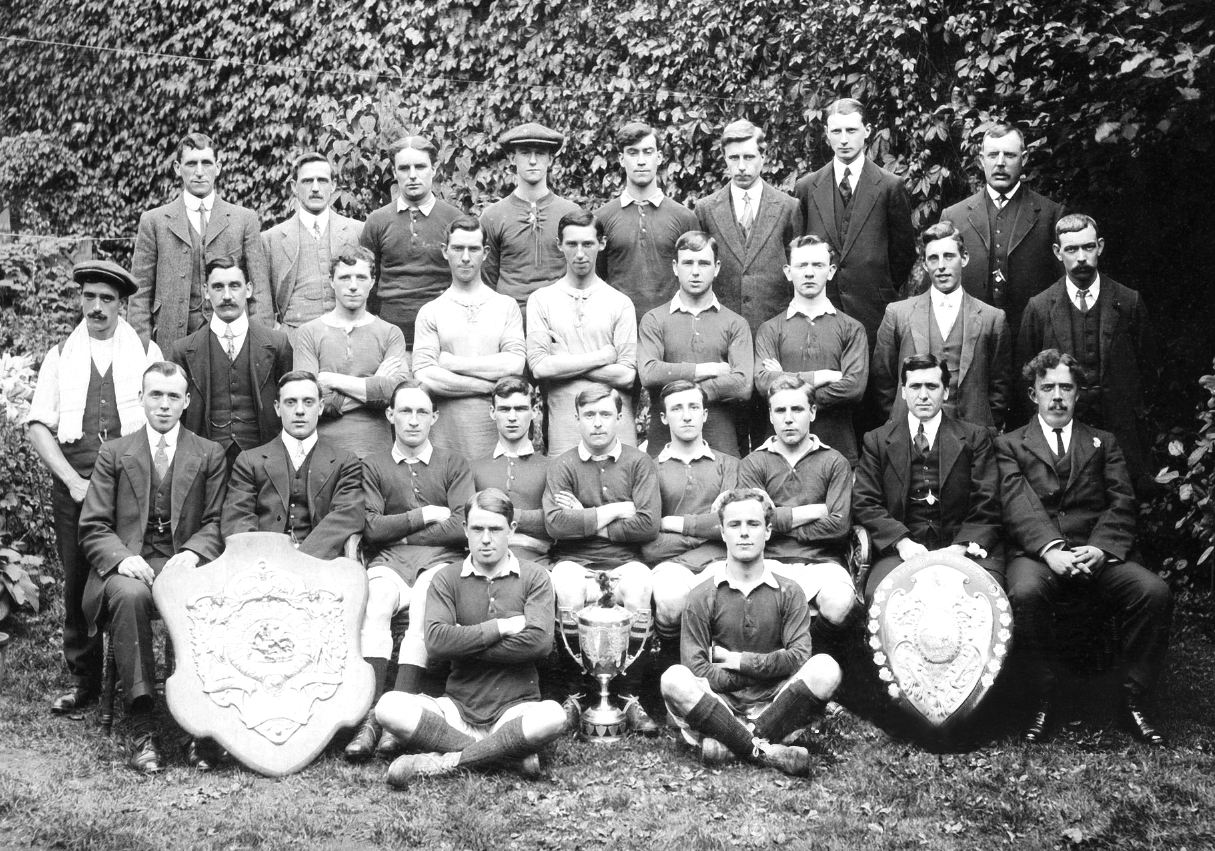CHARLTON ATHLETIC AND THE AFTERMATH OF THE FIRST WORLD WAR

Prior to the outbreak of a war that would change and shape the world we live in today, a bunch of lads of East Street had risen from playing on the cinder wastelands of Siemens Meadow to becoming a local amateur powerhouse. Amassing 22 trophies in just 10 seasons, the 1913 departure of Woolwich Arsenal to a more affluent borough north of the river left a footballing vacuum in South East London. Just as Charlton Athletic found themselves in the box seat, the drums and bugles called and the Addicks decided to cease playing to ‘fight the greater game overseas’.
The recent centenary of the Great War saw renewed study into the events of 1914-18, often remembrance and loss were the focus of articles and books alongside which, numerous memorials were unveiled at clubs across the country as the footballing family remembered their sacrifices during the Great War. All are undisputedly worthy and of importance in the histories of our famous old clubs, yet, the fact remains that when the guns finally fell silent, 5 out 6 six of the men came home. Despite many being wounded and unable to play again, it was these men that would shape the game over the forthcoming decades. Those returning from war would pick up Charlton Athletic and turn them from a successful amateur team into an established top First Division side, FA Cup Winners and to play in front of huge crowds at the Valley, these are just some of the men that made that history. As 1918 drew to a close, the immediate task in SE7 was to repair a community ravished by five hard years of war. Alongside the huge loss of local men, domestic hardships had also been endured from regular air-raids and even a mass flooding following the Silvertown explosion that caused a minor tsunami displacing a considerable number of families living close to the river in 1917.
Now the war was over, economic hardship was considerable, the downscaling of the Woolwich Arsenal, a major local employer was compounded by the thousands of returning ex-serviceman seeking gainful employment. One considerable local construction project helped ease this led by Sir Ion Hamilton Benn. Benn, who had been awarded the DSO during the Ostend AND Zeebrugge Raids, was the MP for Greenwich, a Royal Naval Reservist, Colonel in Chief of the local regiment and President of Charlton Athletic. He was instrumental, along with hundreds of local men, in excavating a quarry into what we now know as the Valley. This huge natural arena would, in the space of twenty years become one of the most famous grounds in the country and central to the identity of the club (despite them leaving it briefly for Catford in 1923 and Selhurst Park in 1985). It was far more than the building of a ground but a project that would galvanise a community, provide local people with work and self-worth, importantly it would provide a platform for an emerging team to be proud of.
This new look Charlton turned professional in 1920 and were elected to the football league in 1921, among their playing staff they could boast veterans of the Royal Navy, Army & Royal Air Force and a side that had seen action in France, Belgium, Italy, The Dardanelles, Salonika and Palestine. These wartime experiences provided larger than life characters such as Frank ‘Bronco’ Burton, the ex QPR and West Ham fullback who displayed a ‘Loping gait and extraordinary on-field contortions’. Frank would make 97 appearances for the Addicks and was an ever present in the remarkable 1923 FA Cup Run that would see them defeat Manchester City, West Bromwich Albion and Preston before being narrowly beaten by eventual winners Bolton Wanderers. His war service in the Sportsman’s Battalion saw him wounded six times and awarded the Military Medal and Croix de Guerre for bravery. Alongside him, ‘the Black Prince’, Arthur Whalley was a League and FA Cup Winner with Manchester United before his role in a match rigging scandal in 1915 led to a life ban. This ban was only overturned following his brave conduct and war record whilst serving with the 17th (Footballers) Battalion Middlesex Regiment during the war.
Enlisting as a despatch rider, Harry Lane later became a pilot in the Royal Flying Corps, he had played for Nottingham Forest and West Ham before the war, it was whilst achieving a BA in Law studies that he played for Charlton at inside right. Said to possess the ‘heart of a Lion’, Ernie Bacon had played for Watford and Leicester City pre-war before enlisting in the Royal Garrison Artillery serving in Salonika, where he ‘spent a lot of time playing football’. Also in Salonika fellow Addick Dan Bailey had seen action with the MGC, he had previously been the leading goal scorer for Tottenham and West Ham.
With experiences of France and Palestine in the ranks of the 22nd London’s, Ben ‘Jas’ Dadley was known to ‘Play hard, tackle hard and only knows defeat when the final whistle has sounded’ but perhaps the most intriguing character was Duff Bruce who ‘has all the attributes of a first class defender. He possesses the dry humour of his native land and is brimming over with mirth and high spirits’. Born in Aberdeen he moved and grew up in Floyd Road where the Valley still stands, enlisting at nearby Woolwich in the Royal Horse Artillery, his disciplinary record was chequered to say the least, constant fighting and drunkenness litter his charge sheet but his attributes as a footballer saw him play to a high level with the 58th London Division whilst overseas. Both in Flanders and the Italian Front his soldiering potential flourished culminating in the award of the Military Medal in 1918 for the crossing of the Piave River just a week before the Armistice. A regular for Charlton he eventually moved back to Aberdeen where featured in their first team. He briefly returned to the Valley to play again in 1928 before his footballing career was ended in somewhat tragic if inevitable circumstances when he lost an eye during a bottle brawl with a serviceman outside a west end coffee stall.
Off the pitch, the emergence of Charlton Athletic from Division Three (South) to Division One and Wembley victory was also down to a pair of returning veterans. Jimmy Seed who played for Sunderland, Tottenham, Sheffield Wednesday and England had a hugely successful playing career before turning to management. Seed had served in the Cyclist Corps before becoming a signaller in the Leeds Rifles and was severely gassed at Nieuwpoort during the German offensive of 1917, a wound that almost cost him his career when released by Sunderland after the war and led to close ties with the St Dunstan’s Blind Veterans charity that remained throughout his life. Alongside Jimmy Seed during the Addicks rise through the leagues was trainer and Number 2 Jimmy Trotter. Trotter had served throughout the war in the Royal Garrison Artillery and first met Jimmy Seed at Sheffield Wednesday in the 1920’s. The pair re-visited the old front line twice, once as players and again following another war when their Charlton side, then FA Cup holders, toured Belgium, as part of the busy schedule of games against top Belgian sides, they found time to visit Passchendaele, Ypres and the Menin Gate. The shadow of the Great War did indeed cast itself long into Charlton’s history and it was the veterans of that war that played such a significant role in the emergence of the Addicks as a first-class club.
By Clive Harris
Charlton Athletic Historian, Military Historian and Battlefield Guide at Battle Honours
© Copyright Clive. All rights Reserved. Not to be reproduced.

